Astronomers at the forefront of cosmic exploration have detected a mysterious signal that journeyed 650 million light-years to reach Earth, potentially marking a groundbreaking discovery in astrophysics. The signal, originating from a collision between a stellar remnant known as a neutron star and an unidentified, massive object, was picked up by the LIGO-Virgo-KAGRA Collaboration. This intriguing event could reshape our understanding of the densest objects in the universe and the dynamic interactions that occur in the cosmos.
Do you think the recent discovery of a neutron star colliding with a potential black hole could provide new insights into the universe’s most mysterious phenomena?
Unraveling the Mystery of GW230529_181500
The signal, named GW230529_181500, was detected by a network of gravitational wave observatories shortly after they resumed operations with enhanced sensitivity in May 2023. This detection is particularly significant as it involves a collision where one object is a well-identified neutron star, while the other fits into the so-called “mass gap” between the heaviest neutron stars and the lightest black holes. This has led to speculation that the second object might be a small black hole.
The Significance of the Findings
- Understanding Neutron Stars and Black Holes: Neutron stars are among the densest objects known, surpassed only by black holes in terms of density. This collision provides a unique opportunity to study these extreme states of matter and the forces that govern them.
- Exploring the Mass Gap: The identification of the mysterious object as potentially filling the mass gap between neutron stars and black holes offers crucial data for astrophysicists. Understanding objects within this mass gap could challenge existing theories about stellar evolution and black hole formation.
- Advancements in Gravitational Wave Astronomy: The detection was made possible by recent upgrades to the gravitational wave observatories involved, highlighting the importance of technological advancement in the field of astronomy. These improvements increase the likelihood of detecting more such events in the future, further enriching our understanding of the universe.
Looking Forward
The LIGO-Virgo-KAGRA Collaboration is eagerly anticipating its fourth observing run, set to begin on April 10, 2023, and continue until February 2025. With over 200 gravitational wave signals expected to be observed during this period, the scientific community is optimistic about deepening our cosmic knowledge.
This recent discovery not only piques the curiosity of scientists but also of anyone fascinated by the mysteries of space. As we continue to explore these celestial phenomena, what more might we learn about the universe’s most extreme objects and their dramatic interactions? Vote in our poll and share your thoughts on what this discovery could mean for the future of space exploration.
Could a Collision Between a Neutron Star and a Black Hole Unlock New Cosmic Secrets?
Astronomers at the forefront of cosmic exploration have detected a mysterious signal that journeyed 650 million light-years to reach Earth, potentially marking a groundbreaking discovery in astrophysics. The signal, originating from a collision between a stellar remnant known as a neutron star and an unidentified, massive object, was picked up by the LIGO-Virgo-KAGRA Collaboration. This intriguing event could reshape our understanding of the densest objects in the universe and the dynamic interactions that occur in the cosmos.
Poll Question: Do you think the recent discovery of a neutron star colliding with a potential black hole could provide new insights into the universe’s most mysterious phenomena?
Unraveling the Mystery of GW230529_181500
The signal, named GW230529_181500, was detected by a network of gravitational wave observatories shortly after they resumed operations with enhanced sensitivity in May 2023. This detection is particularly significant as it involves a collision where one object is a well-identified neutron star, while the other fits into the so-called “mass gap” between the heaviest neutron stars and the lightest black holes. This has led to speculation that the second object might be a small black hole.
The Significance of the Findings
- Understanding Neutron Stars and Black Holes: Neutron stars are among the densest objects known, surpassed only by black holes in terms of density. This collision provides a unique opportunity to study these extreme states of matter and the forces that govern them.
- Exploring the Mass Gap: The identification of the mysterious object as potentially filling the mass gap between neutron stars and black holes offers crucial data for astrophysicists. Understanding objects within this mass gap could challenge existing theories about stellar evolution and black hole formation.
- Advancements in Gravitational Wave Astronomy: The detection was made possible by recent upgrades to the gravitational wave observatories involved, highlighting the importance of technological advancement in the field of astronomy. These improvements increase the likelihood of detecting more such events in the future, further enriching our understanding of the universe.
Looking Forward
The LIGO-Virgo-KAGRA Collaboration is eagerly anticipating its fourth observing run, set to begin on April 10, 2023, and continue until February 2025. With over 200 gravitational wave signals expected to be observed during this period, the scientific community is optimistic about deepening our cosmic knowledge.
This recent discovery not only piques the curiosity of scientists but also of anyone fascinated by the mysteries of space. As we continue to explore these celestial phenomena, what more might we learn about the universe’s most extreme objects and their dramatic interactions? Vote in our poll and share your thoughts on what this discovery could mean for the future of space exploration.
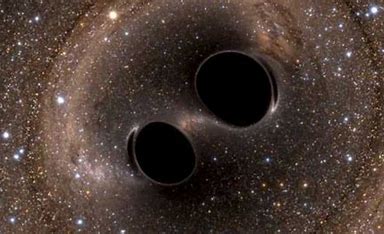








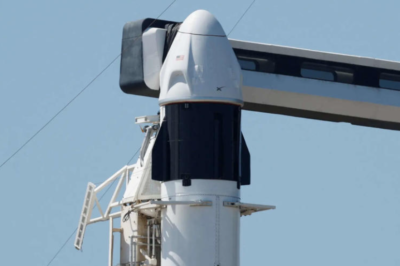




































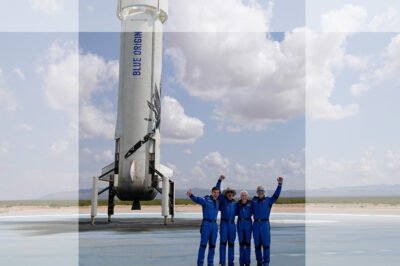


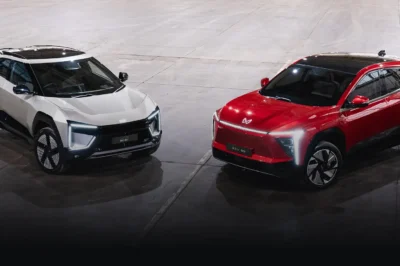










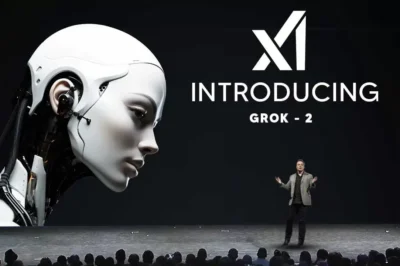

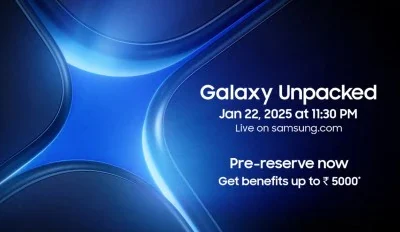

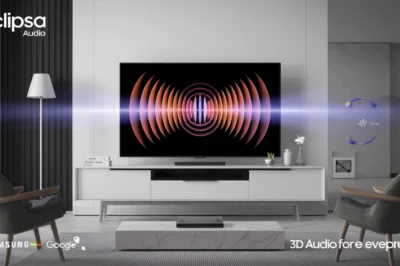



Leave a Reply